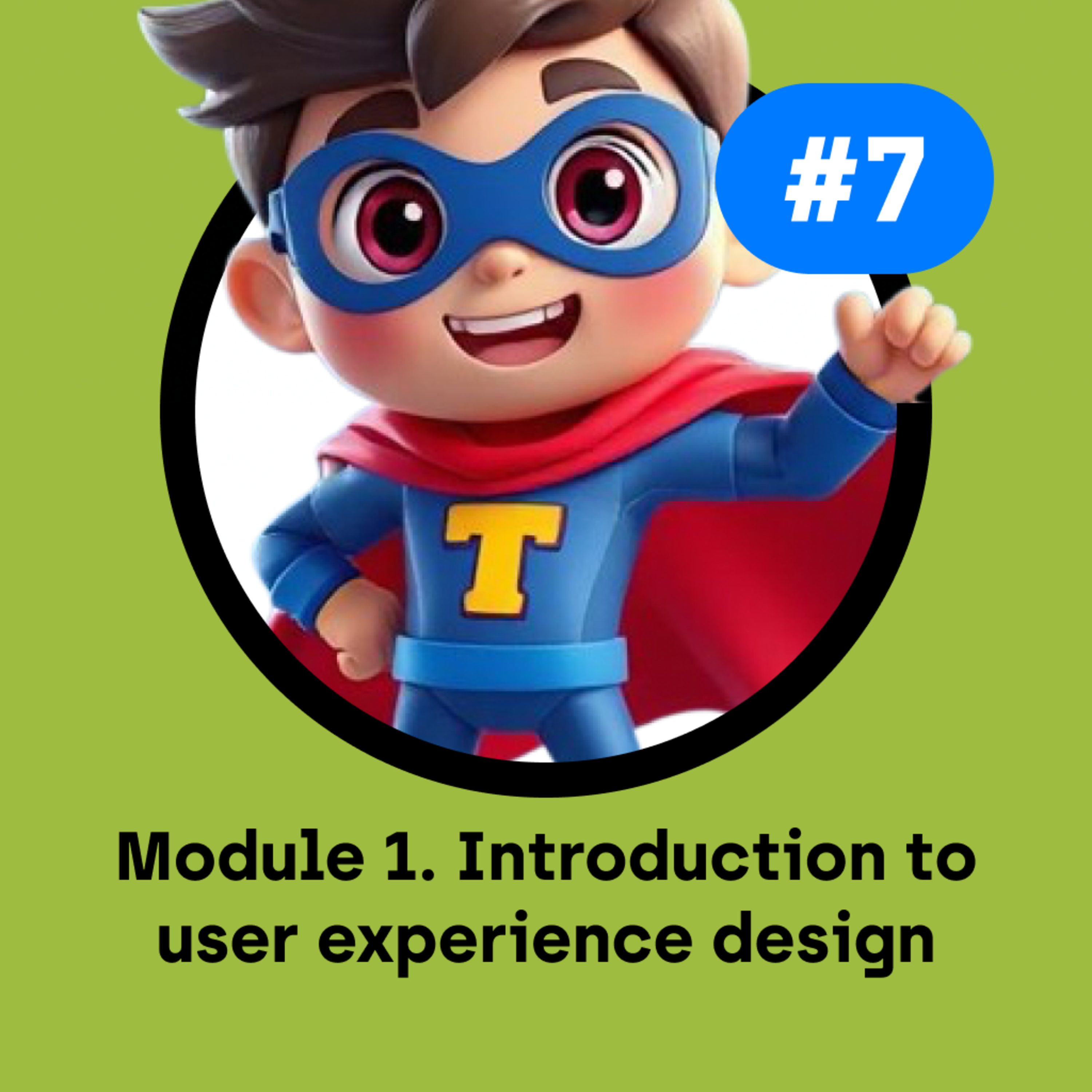C1-M1#7 — Specialists, generalists, and T-shaped designers
- Author
- Artem Moiseev
- Published
- Tue 15 Apr 2025
- Episode Link
- https://podcasters.spotify.com/pod/show/ux-design/episodes/C1-M17--Specialists--generalists--and-T-shaped-designers-e31g2d1
In design, there are three approaches: specialists, generalists, and T-shaped designers. Think of it like cooking dinner. A specialist is a chef who perfects one dish, like pizza. A generalist is a home cook who can make soup, salad, meat, and dessert—but not as expertly as the specialist. A T-shaped designer is a chef who cooks many dishes well but excels at pizza, blending versatility with expertise.
Specialists master one design area, like UX writing or typography. They deliver deep, high-quality solutions for specific tasks but may lack breadth outside their niche.
Generalists have broad skills and can tackle various project aspects. They’re not as deep as specialists but shine in flexibility, making them valuable for teams needing adaptability.
T-shaped designers combine both worlds. They have wide-ranging knowledge, like generalists, and deep expertise in one or more areas, like specialists. This makes them adaptable yet capable of top-tier work in their specialty.
Why be a T-shaped UX designer? Narrow specialization (I-shaped) works for some, but T-shaped skills offer advantages:
- Better solutions: Broad knowledge helps you understand context and create smarter designs.
- Versatility: Specialization can be risky if demand shifts. T-shaped designers are appealing to employers as they handle diverse tasks.
- Exploration: Trying new areas reveals what suits you, opening exciting career paths.
Key T-shaped UX skills:
- Product strategy: Grasping a product’s value and vision.
- Data analysis: Using data to inform decisions.
- Positioning: Enhancing user communication.
- DesignOps: Streamlining team workflows.
- Communication: Mastering negotiation and collaboration.
- Leadership: Supporting team growth without a formal title.
- Depth: Focusing on your core UX design area.
Personal projects are a great way to grow T-shaped skills. Build a website, app, or small store to learn project launches, client needs, and how business goals shape design. Hands-on practice ties skills together.
When to choose each approach?
- Specialists excel in large projects needing deep expertise.
- Generalists thrive in small-to-medium projects requiring multitasking.
- T-shaped designers fit any project, offering specialized skills for big tasks and flexibility for smaller ones.
Your choice depends on your goals and project needs. T-shaped designers strike a balance, staying versatile while delivering excellence. Want to master one dish but still cook a full menu? Go T-shaped!
